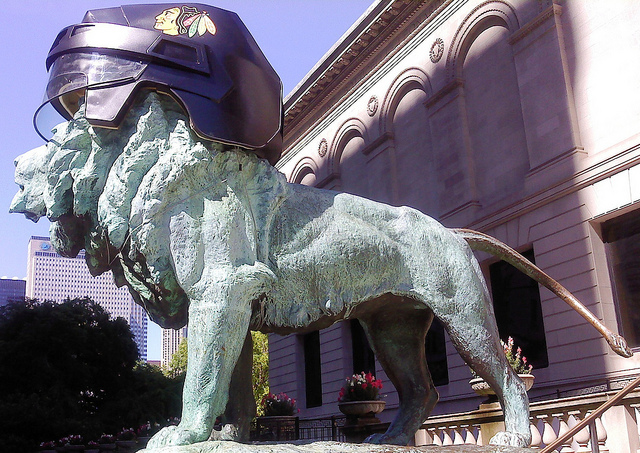My love of art first began back in 2002 during my first visit to the Art Institute of Chicago for the exhibition: Van Gogh and Gauguin: Studio of the South. I not only discovered the genius of van Gogh...
The Poet's Garden (1888)
and Gauguin...
but because of the extensive number of French Impressionist paintings in the museum's permanent collection, I was introduced to Monet...
Sandvika, Norway (1895)
Poppy Field: Giverny (1890-1891)
Cézanne...
The Bathers (1899)
The beauty of Renoir...
Two Sisters: On the Terrace (1881)
Near the Lake (1879)
and Pissarro...
Rabbit Warren at Pontoise, Snow (1879)
In 2006 I traveled to Paris and visited the Museé d'Orsay and the Museé Marmottan to see their wonderful collections of French Impressionist paintings. However, during a visit to the just-reopened Museé de l'Orangerie, I discovered another painter whose paintings I really like: Modigliani and during a visit to the Art Institute, I discovered one of his wonderful paintings...
Jacques and Berthe Lipchitz (1916)
In 2008, I traveled to Rome to experience the food and test my, at that time, limited Italian vocabulary. And, of course, there is the fabulous Italian art, so much of which is free to see because it is housed in many churches of Rome. There are at least three churches where you can see masterpieces of Caravaggio...just walk right into the church and there they are!
Unfortunately the Art Institute of Chicago has no Caravaggio pieces in its permanent collection. However, during my most recent visit to the museum in late 2009 (I can't believe I haven't been there for over two years!!), one of his masterpieces was on loan from the National Gallery of Art in London.
Oops...didn't see that "No Photos" sign until after I took the picture! What a masterpiece!
The Supper at Emmaus (1601):
"This is an extremely rare opportunity to view firsthand one of the most highly regarded paintings by one of the most influential Western artists of all time. There are very few paintings by Caravaggio in American museums, and none that can rival this painting in its immediate impact. The Supper at Emmaus, painted in 1601 for a Roman nobleman, comes from the outset of a new, mature phase of the master’s career in which he treated great religious subjects with uncompromising realism, while at the same time employing his trademark contrasts of light and dark to great dramatic effect. In this revelatory image, two of Christ’s disciples have just recognized that the stranger at their table is none other than Christ himself, reappearing to them after his death and Resurrection."
In 2010, I was finally able to travel to Amsterdam to visit both the Van Gogh Museum and the extensive collection of van Gogh paintings at the Kröller Müller Museum. But I actually enjoyed seeing the Flemish masterpieces more than van Gogh's paintings and came to appreciate them more. The Art Institute has several magnificent works by Peter Paul Rubens...
The Holy Family with Saints Elizabeth and John the Baptist (1615)
The Capture of Samson (1609/1610)
Another wonderful example of a Flemish masterpiece is this portrait by Frans Pourbus the Younger. The frame is a masterpiece, too...
Marie de' Medici (1616)
From my initial visit to the Art Institute of Chicago to each of my European trips, each time I have discovered new artists and their works. How fortunate I am that my hometown, world-class art museum has so many examples of their work!
But it's not just the works of the European painters that I admire. On my next post I'm going to introduce you to some brilliant American painters whose works are part of the permanent collection of the Art Institute of Chicago.
- Admission for adults is $18.00**
- Admission for Students and Seniors is $12.00
- Closed Thanksgiving, Christmas, and New Year’s days.
- Open Monday, Tuesday, Wednesday 10:30-5:00.
- Open Thursday 10:30-8:00.
- Open Friday, Saturday, Sunday 10:30-5:00.
- Free Family Wednesdays: Admission to the Art Institute of Chicago is free to Illinois residents the first and second Wednesday of every month.
** Chicago residents receive a $2 discount on admission in recognition of the significant support given to the museum through local property taxes. A valid photo ID with a resident address is required.
For more information, visit: http://www.artic.edu/.






































